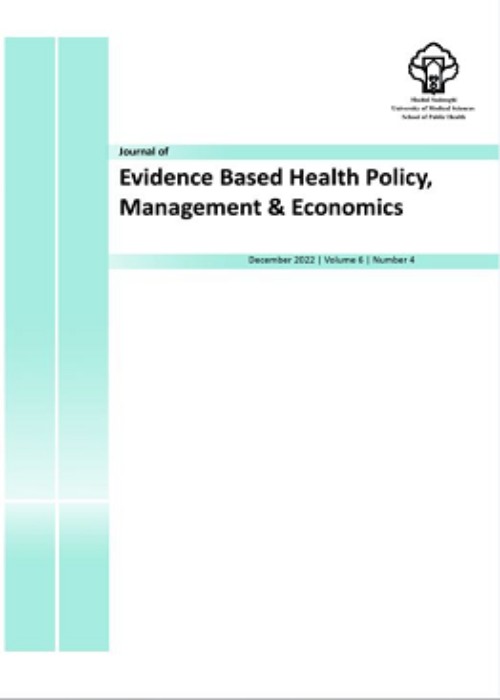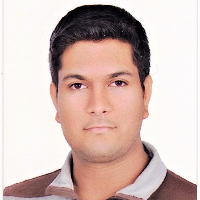Investigation of Inequality Trend in Distribution of Health Sector Resources in Iran during 2006, 2011 and 2016 Timelines Using Gini Coefficient
Equality in resource distribution is one of the important aspects of effectiveness in achieving the goals of health system. Spending more resources in the health sector will not decline the inequality in the distribution of resources. Generating evidence and adopting evidence-based policies are very essential to reduce inequality in the distribution of health resources in the country. The present study investigates the equality trend in the distribution of health sector resources in Iran using Gini coefficient.
This is a descriptive-analytical study performed to investigate the equality trend in the distribution of health workers (Behvarz in Persian), general practitioner, pharmacist, pharmacy and fixed beds over 2006, 2011 and 2016 timelines. Data were extracted from the reports of the Iranian Statistics Center database and according to the population and housing censuses. Moreover, the data from the Plan and Budget Organization of the Islamic Republic of Iran (PBO) reports are used. Finally, data analysis was carried out through using Stata 14 software.
The Gini coefficient for general practitioner distribution has had a constant trend. The Gini coefficient for pharmacists and pharmacies has decreased, i.e. the distribution of these resources is improving. In addition, the Gini coefficient for fixed beds and Behvarz has increased, referring to a relative decrease in equality in the distribution of these resources. There is equality in the geographical distribution of Behvarz in 2006 and 2011; but in 2016, there is a relatively unequal distribution. Concerning beds, pharmacies and general practitioners, it can be claimed that geographical distribution is generally equal. Despite the found trends, with respect to the Gini coefficient, the geographical distribution of pharmacists is estimated quite unequal.
Although the ratio of each variable to population is different in different provinces, it can be claimed that there is a relative equality in the distribution of general practitioners, Behvarz, pharmacies and fixed beds. In addition, health policy makers and decision makers have to consider the extent to which the target community needs each of these resources, in addition to crude distributional equality.
- حق عضویت دریافتی صرف حمایت از نشریات عضو و نگهداری، تکمیل و توسعه مگیران میشود.
- پرداخت حق اشتراک و دانلود مقالات اجازه بازنشر آن در سایر رسانههای چاپی و دیجیتال را به کاربر نمیدهد.



